New National Museum of Monaco - Villa Paloma
The NMNM
presents an exhibition of the Portuguese artist
Francisco Tropa
Paésine
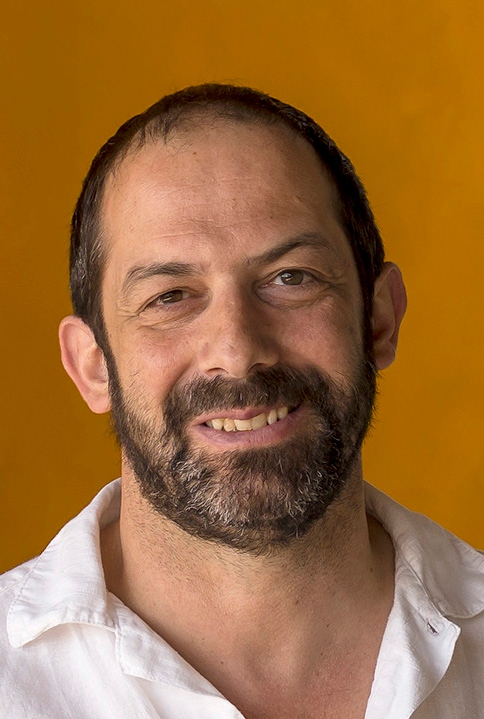
Portrait of Francisco Tropa. Photo credit: Ph. François Doury.
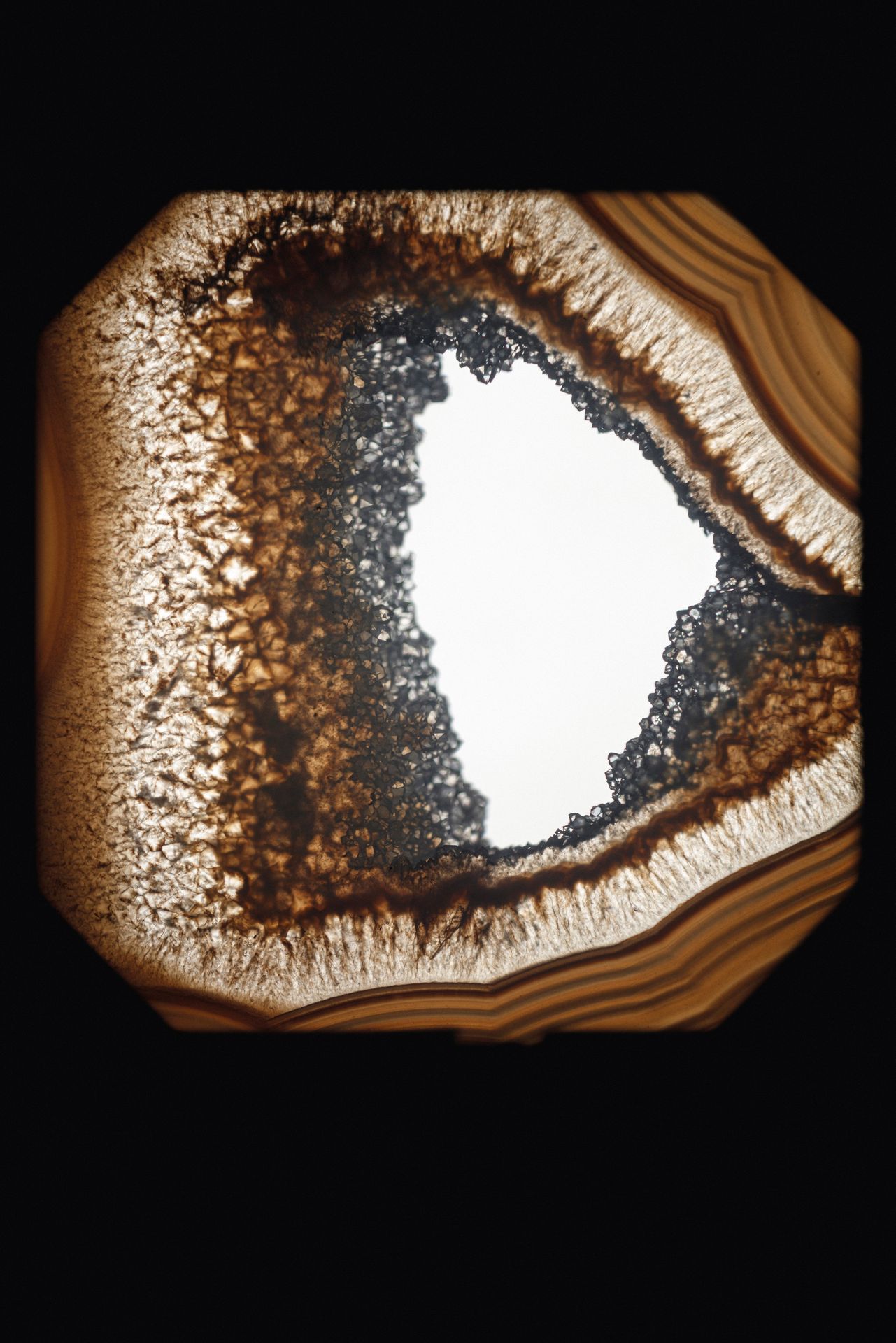
Francisco Tropa, Agate, 2023. Light projection, variable dimensions. © Francisco Tropa. Courtesy of the artist and Galerie Jocelyn Wolff.
The NMNM (New National Museum of Monaco) invites the artist Francisco Tropa (1968, Lisbon) to occupy the spaces of the Villa Paloma until April 21, 2025. For the exhibition "Paésine", which takes its title from the pictorial stones (pietre paesine), this major artist of the Portuguese scene, a key figure in contemporary art, presents a unique collection of fifty sculptures, films, light projections and works on paper. Created between 2012 and 2024, several of these works were produced specifically for the exhibition, like the monumental sculpture Penelope, installed on the forecourt of the Villa Paloma.


Borrowing the term paésine, which refers to an illustrated stone whose patterns evoke a painted landscape, the exhibition proposes to approach the plural work of Francisco Tropa with regard to three major themes: geology, archaeology and ethnology. Inside the Villa Paloma, Francisco Tropa created a decor of rock, water and light. Through a continual experimentation of matter, he develops an analogical thought of the mineral and the organic, the natural and the artificial, and invites us to explore the rooms of a place before the invention of museums, ignoring all rational discourse to return to the times of curiosity.

View of the exhibition “Francisco Tropa, Paésine” New National Museum of Monaco – Villa Paloma. Photo: NMNM/Andrea Rossetti, 2024.


In this uncertain space, he replays the origins of art, from prehistoric Venuses to the minimalist works of the last century. The tutelary figures of Marcel Duchamp, Claes Oldenburg and Donald Judd, cross paths with those of Edgar Allan Poe, Raymond Roussel or Jorge Luis Borges. Humorously diverting scientific methodologies, Francisco Tropa invites the public to consider another history of forms, which can be situated in the heritage of the concept of anarchaeology. Contrary to historical narratives, the artist deconstructs the very space of the museum, which has (re)become a Platonic cavern.


Exhibition itinerary
The itinerary of “Francisco Tropa. Paésine” at the NMNM begins on the terrace of the Villa Paloma, where the monumental sculpture Penelope, created especially for this place, is installed, and develops through the different exhibition rooms.
The museum has been conceived by the artist as an allegorical space, within which visitors follow an ascending path: the first floor is linked to the underground world, the second to the terrestrial world, while the top floor questions the representations of the firmament and the beyond.
Exterior and ground floor Penelope
The model for this monumental bronze comes from a statuette entitled Saudade, mass-produced after a work by the Portuguese neoclassical sculptor António Soares dos Reis (1847 – 1889). This figure of melancholy introduces the question of stereotypical representations of the female body throughout the history of art.
The contours of Penelope are altered by the very production process implemented by the artist, which results in a disfigurement of his model. The form of Penelope is in fact the result of a series of casts of the interior cavity of a statue. Through this process, the silhouette of the statue diminishes over the course of the successive casts.
Paradoxically, while material is removed from the model, the figure of Penelope seems to cover itself with a veil, or to wrap itself in a shroud.
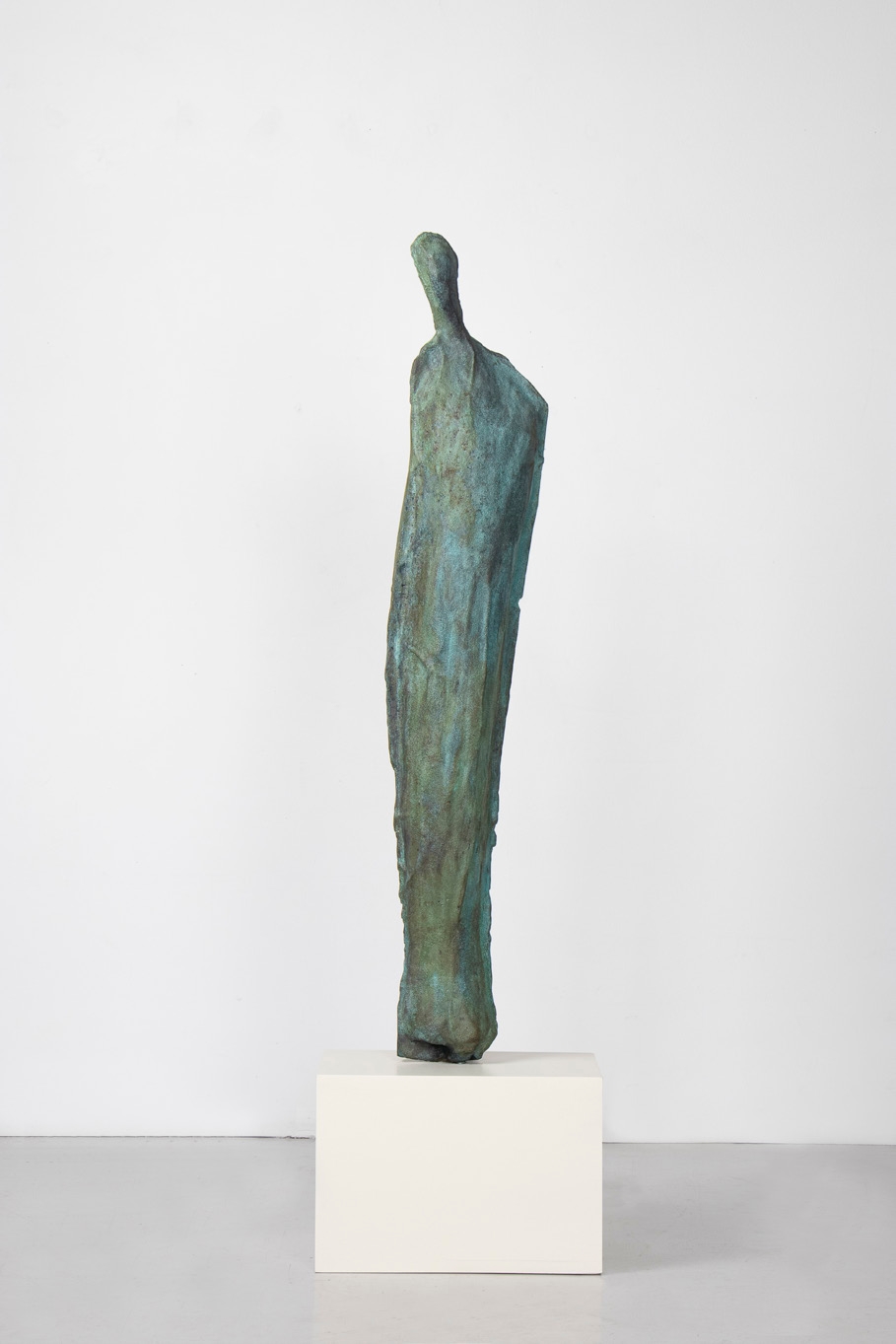
Francisco Tropa, Penelope, 2021. Bronze and metal/ bronze and metal. Bronze: 90 x 16 x 13 cm © Francisco Tropa. Courtesy Private collection, Paris. Photo credit: Ph. Chloé Philipp.
Che Vuoi
At the foot of the stairs leading to the exhibition rooms, Francisco Tropa addresses the visitor with the inaugural question Che Vuoi? (What do you want?). A quote from Jacques Cazotte’s The Devil in Love (1772), taken up by Jacques Lacan from 1957, the famous formula illustrates the dialectic of desire.
Here, this question takes the form of an enigma: Faced with a bucket filled with coal, suspended from a gallows attached to a brick wall, each person is invited to question the way in which he or she perceives and interprets an image. “What do you want?” then becomes “What do you see?”, introducing an essential element of Tropa’s work: illusion.
Agates
The flags hoisted on the roof of the Villa Paloma were designed from agate cuts collected by Francisco Tropa. They signal the exhibition, while emphasizing the proximity of the Observatory Cave, a succession of underground galleries decorated with spectacular limestone concretions.
Used like glass plates, thin slices of colored agates are projected onto the walls of the exhibition rooms. Their shapes and colors sometimes evoke an eye, sometimes the entrance to a cave. Symbolically, these light projections offer the possibility of a beyond, each space communicating with another, assimilating the architecture of the Villa Paloma to that of a cave and the space of the museum to Plato's cave.
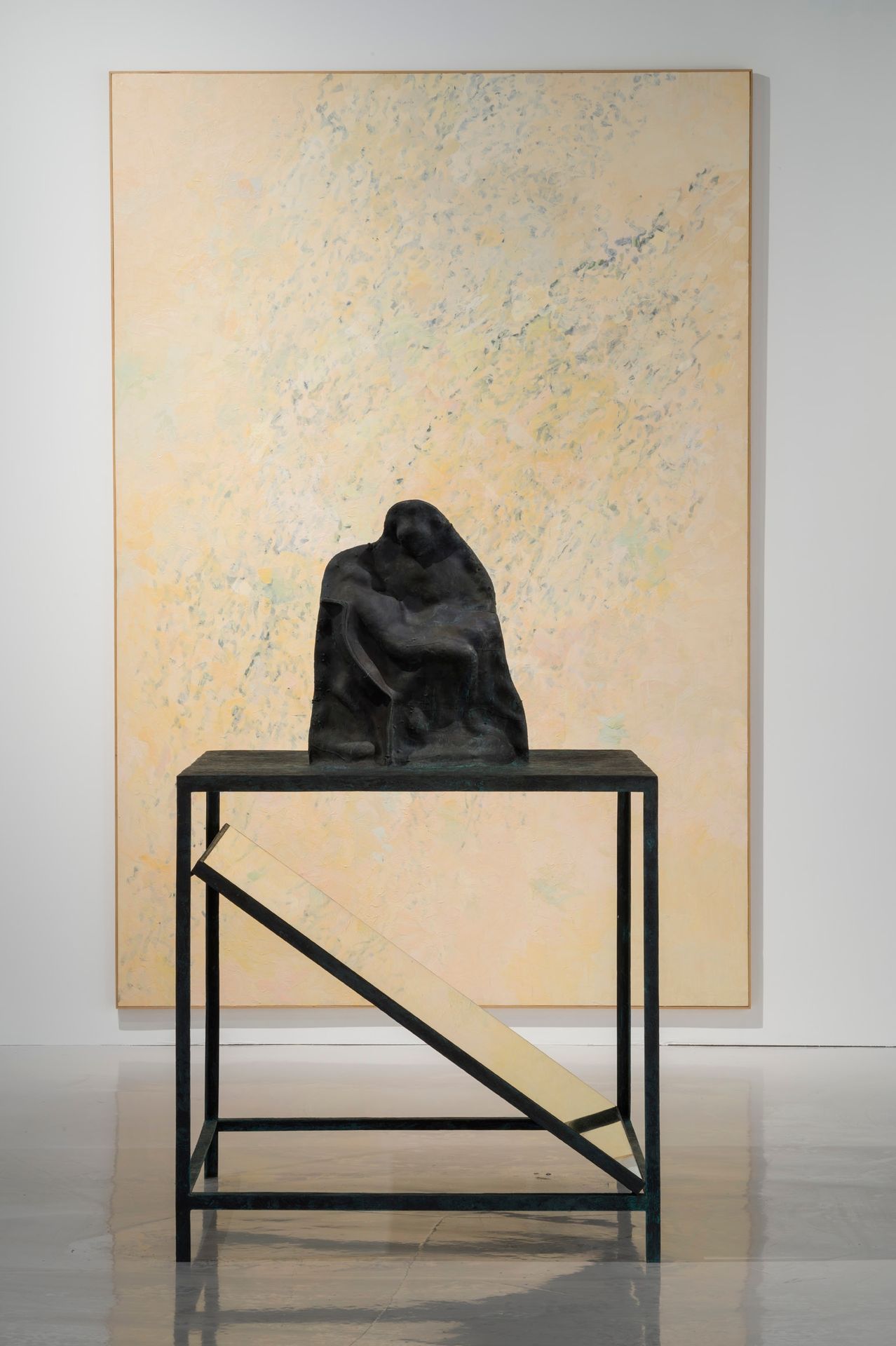
João Queiroz - Francisco Tropa, Pietà, 2022. Bronze, mirror, encaustic on wood, painted steel tripod, 153 x 90 x 90 cm. © Francisco Tropa. Courtesy of the artist and Galerie Jocelyn Wolff. Photo credit: Ph. François Doury.
1st floor Pietà
Pietà belongs to a series of works whose subject resides in the very technique of casting. While Penelope reproduces the shape of the interior cavity of a statuette, Pietà is a reproduction of the plaster mold used to cast multiple copies of Michelangelo’s famous sculpture in bronze. An inclined mirror, inserted into the base of the sculpture, allows us to observe its interior cavity. Francisco Tropa here plays on the notion of “matrix,” a term designating the mold made to reproduce a sculpture identical to its model.
This version of Pietà is the result of a collaboration with the artist João Queiroz, who painted the large panel as well as the underside of the base and the interior of the sculpture. Through the use of encaustic, or wax painting, Queiroz explores the process of making lost-wax bronzes, while defying the limits of representation.
OCO
OCO, which means “hollow” in Portuguese, comes from a fragment of a statue representing a Virgin and Child. This fragment corresponds to a piece of the neck, the breast of the Virgin and the cheek of the child.
Like the sculpture Penelope, the form of OCO does not correspond to the external envelope of the sculpture that served as a model, but to its internal cavity. Through his production technique, Francisco Tropa diverts the Christian icon to place us in the presence of a fleshly matter, barely recognizable, leading irremediably to degeneration and decomposition.
Eclipse
In a partially illusionist setting imitating a rock wall, visitors discover a shadow theater, the ancestor of cinema. Diverting the principle of ancient clepsydras, water instruments that were used to measure time,
Tropa shows us here the formation of a drop of water that flows perpetually, defying the laws of space and time. The inverted image is projected onto a suspended moon, evoking the female body and motherhood, while establishing a link with the sculpture Pietà, or the Venus of Lespugue.
Éclipse echoes a text by Roger Caillois entitled “Water in the Stone”:
“Sometimes an agate nodule, of modest dimensions, weighed down, seems abnormally light. We then know that it is hollow and lined with crystals. If we shake it near the ear, it happens, but very rarely, that it makes a sound of liquid beating against the walls. Certainly, water inhabits it, having remained a prisoner in a stone jail since the beginning of the planet. The desire is born to glimpse this previous water.”

Francisco Tropa, Untitled (TSAE), 2013. Colored Murano glass plates, Macacauba wood, 60 x 60 x 60 cm. © Francisco Tropa. Courtesy of the artist and Galerie Jocelyn Wolff. Photo credit: photo Teresa Santos.
2nd floor TSAE
Under the misleading title of Submerged Treasures of Ancient Egypt (TSAE), works are grouped together that represent and document purely fictional archaeological excavations.
"Terra Platonica" brings together artifacts from a recently excavated room. Models built in glass, metal, or wood are arranged on low tables, while a set of brightly colored silkscreen prints cover the walls.
These abstract constructions are inspired by the maps made in the 6th century by Constantine of Antioch, author of a description of the world in twelve books entitled Christian Topography.
Linking these schematic representations to the literary fictions of Raymond Roussel or Paul Scheerbart, while citing the minimalist sculpture of the last century, Tropa questions the way in which truth and fiction intertwine in our representations of the universe.
Fountain
L’Énigme de RM (Fountain) is a mobile made of quarters of meat, reproduced in bronze using the sand casting technique, which allows for a perfect resemblance to the chosen model.
The title Fountain, a reference to Marcel Duchamp’s iconic ready-made (1917), reinforces the humorous charge of the work while drawing the visitor’s attention to the notion of moving a trivial object within the sacred space of the museum. Tropa’s mobile, however, retains a use value since it can be performed by the artist: when the quarters of meat are brushed with a bronze lemon, Fountain becomes a sound piece.

Francisco Tropa, Scripta (apples and nuts). Oil on bronze, screen-printed fabric, wooden box, variable dimensions. © Francisco Tropa. Courtesy of the artist and Galerie Jocelyn Wolff.
Scripta – bottles and fruits
The collection of works grouped under the title “Scripta” explores the concept of art as a game. In 2006, Francisco Tropa designed a games box for his daughters, containing stones and their bronze copies. To play, the stones are thrown onto a square of canvas, the aim then being to reconstruct the pattern obtained identically, but using the bronze copies.
Thus, the works of Scripta bring together a set of objects and their illusionist copy – stones, bottles or fruits – made of bronze and sometimes painted. The game board, generally represented by a square of canvas, can be likened to a pictorial composition. The variations of compositions to be made from bottles are a tribute to the still lifes of the painter Giorgio Morandi.
Two films projected opposite the sculptures show the artist “playing” with the bronze objects, like an allegory of creation.

Francisco Tropa, Le Firmament, 2017. Blown glass, mechanism with copper gear wheel, copper, linen cord, wood, 161 x 100 x 100 cm. Collection Musée d’Art Moderne de Paris. © Francisco Tropa. Photo credit: Ph. Pedro Tropa.
3rd floor The Firmament
The three sculptures gathered in this room materialize, in the form of models, different representations of the universe.
Bringing Creative People Together evokes the Platonic concept associating the earth with a cube; The Firmament represents the earth in the form of a flat rectangle, overlooked by a celestial vault, according to the drawings of Constantine of Antioch; while Monument is a schematization of the earth in the shape of a pear, according to a medieval illumination.
Like the cubic earth, suspended from the ceiling, The Firmament and Monument are automaton works. At their base rests a clockwork mechanism, housed between two brass plates joined by four vertical rods. This device, inherited from medieval clockmakers, was also used by Marcel Duchamp in the design of the work À bruit secret (1916).
Étoile
At first glance, it is a small stone wall. But upon closer inspection, this section of wall is supported by a metal structure. It is not made of stone but of metal and seems to be traversed by an electric current.
Three stars twinkle alternately, like a message that would be deciphered.
As a pendant to the inaugural work of the exhibition, Che Vuoi?, Étoile evokes the verses of Antoine Tudal, quoted by Lacan: “Between man and the world, there is a wall.”
Terra Platonica
One of the most complex bronze pieces made by Francisco Tropa is inspired by a photograph by the American ethnologist Edward S. Curtis. At the beginning of the 20th century, Curtis carried out numerous photographic surveys among the Indian populations of the American continent. In British Columbia, he documented a funeral rite involving the desiccation of a human body over a fire.
Fascinated by this image, Tropa reproduced in bronze the fetal position of the mummy. The skeleton, perfectly reproduced, rests on a support suspended from the ceiling.
Ironically titled Terra Platonica, like other works by the artist, this sculpture illustrates the concept of formlessness as used by Georges Bataille: "For academic men to be happy, the universe would have to take shape. The whole of philosophy has no other goal: it is about giving a frock coat to what is, a mathematical frock coat. On the other hand, affirming that the universe resembles nothing and is only formless amounts to saying that the universe is something like a spider or spit."

Francisco Tropa was born in 1968, he works and lives in Lisbon.
Time, narratives and formal aesthetics are the main elements of his work. The artist connects stories together, reactivating mythologies, technologies, sciences and societies. Tropa uses several media - sculpture, drawing, performance, engraving, installation, photography and film - to convey a series of reflections catalyzed by the different traditions of sculpture and science. His installations are full of precise and precious objects, geometric and elaborate forms, delicate prototypes and complex machines. It is the notion of time that most clearly underlies his pieces. Time is also a determining factor in the artist's studio work, which sometimes develops his projects over several years.
In addition to representing Portugal at the Venice Biennale (2011), he has also participated in the Rennes Biennale (2012), the Istanbul Biennale (2011), Manifesta (2000), the Melbourne Biennale (1999) and the São Paulo Biennale (1998). Recent solo exhibitions include “I Love you” at the Fundação de Serralves in Porto (2024); “The Lung and the Heart”, Musée d’art moderne de Paris, France (2022); “Che Vuoi?” Le Creux de l’Enfer, Thiers, France (2022); “Behind us”, MUCEM, Marseille, France (2020); “The Pyrgus from Chaves”, Fundaçào Calouste Gulbenkian, Lisbon, Portugal (2019); Performance Scripta, Centre National de la Danse, Paris, France (2018); Gigante Performance, MOVE Festival, Centre Pompidou, Paris, France (2018); “TSAE - Submerged Treasures of Ancient Egypt”, Regional Museum of Contemporary Art Languedoc-Roussillon, Sérignan, France (2015); “TSAE - Submerged Treasures of Ancient Egypt”, Museu de Lisboa, Lisbon, Portugal (2014-2015); “STAE - Submerged Treasures of Ancient Egypt”, La Verrière, Fondation d’Entreprise Hermès, Brussels, Belgium (2013).

Francisco Tropa, Agate, 2023. Light projection, variable dimensions. © Francisco Tropa. Courtesy of the artist and Galerie Jocelyn Wolff.
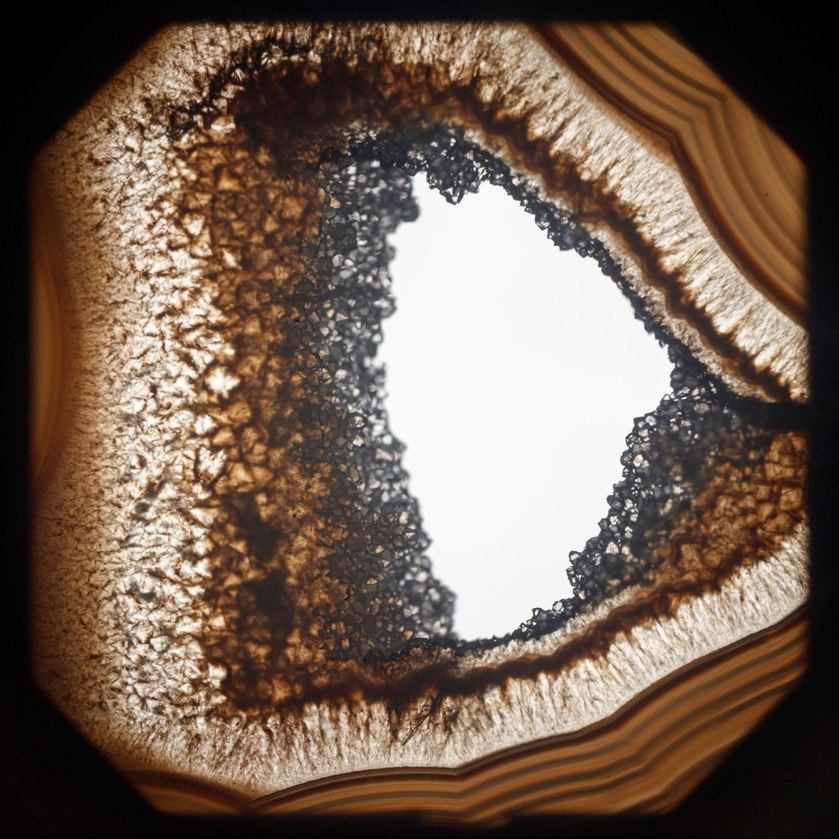
Francisco Tropa, Agate, 2023. Light projection, variable dimensions. © Francisco Tropa. Courtesy of the artist and Galerie Jocelyn Wolff.

Francisco Tropa, OCO (Hollow inside a sculpture), 2016. Bronze, painted steel tripod, 190 x 80 x 80 cm. © Francisco Tropa. Courtesy of the artist and Galerie Jocelyn Wolff. Photo credit: Ph. Antonio Jorge Silva.
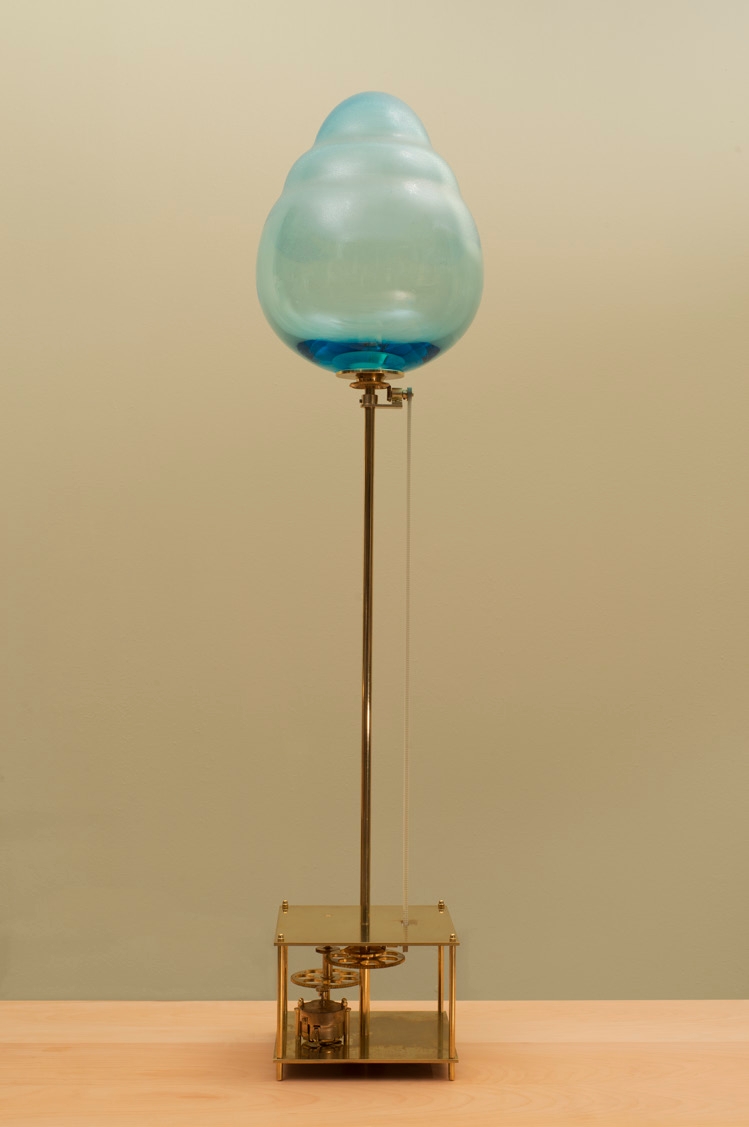
Francisco Tropa, Monument, 2017. Blown glass, mechanism with gear wheel, copper, 110 x 25 x 25 cm. © Francisco Tropa. Courtesy Private collection, Paris. Photo credit: Photos Pedro Tropa.
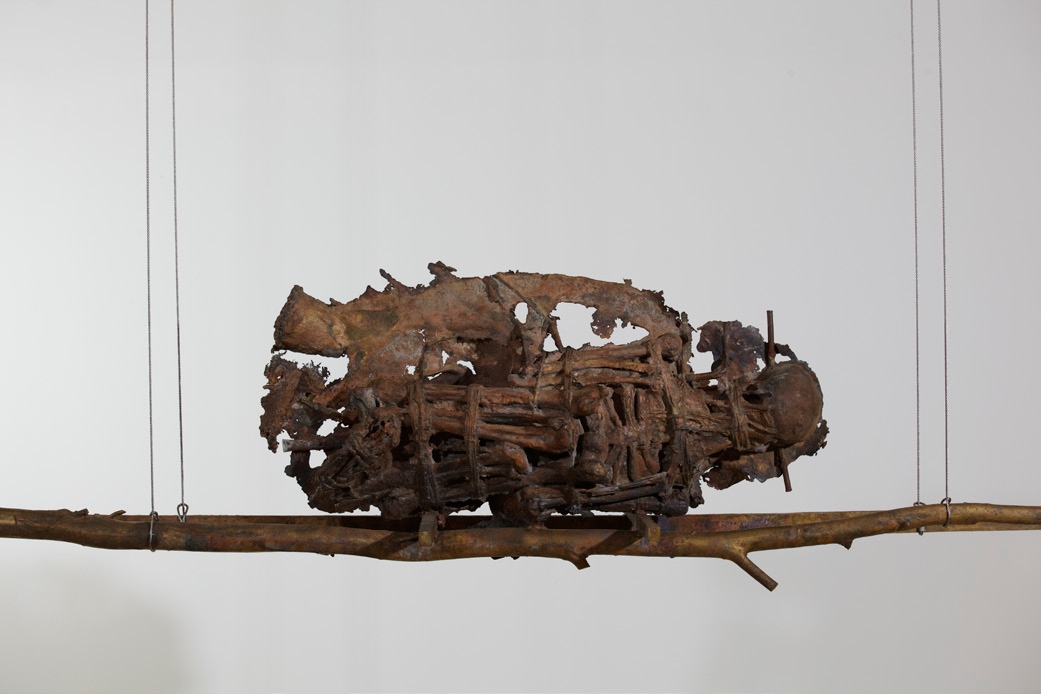
Francisco Tropa, Terra platónica. Bronze, 40 x 200 x 50 cm © Francisco Tropa. Courtesy of the artist and Galerie Jocelyn Wolff.
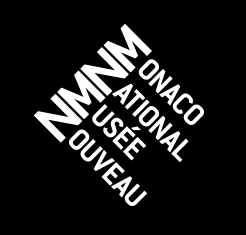
ROYAL ARTS VISIONS; New National Museum of Monaco - Villa Paloma